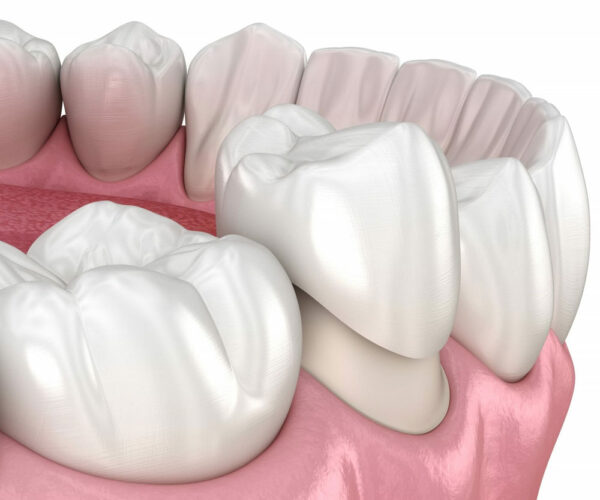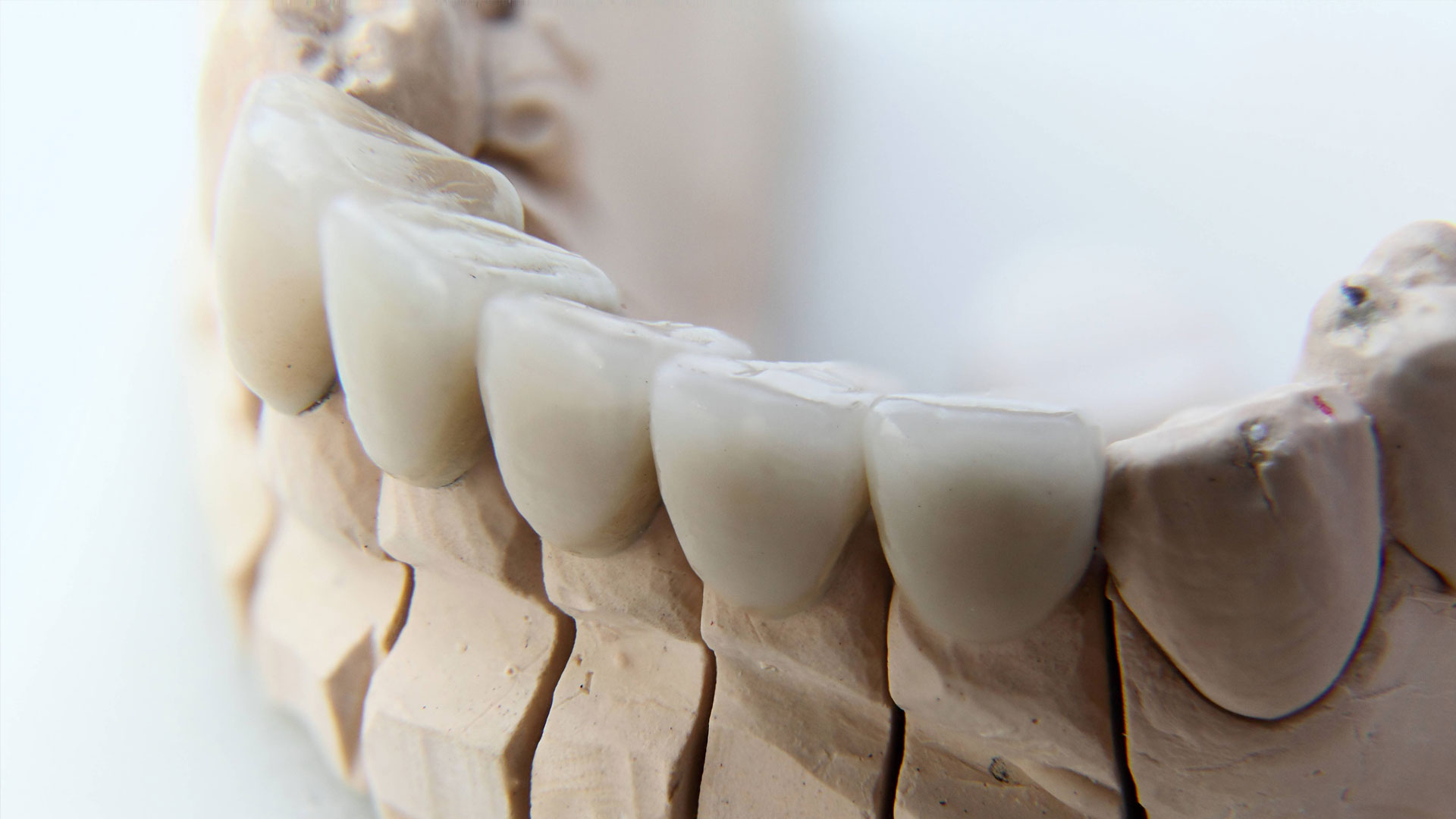A dental crown is a tooth-shaped “cap” that is placed over a tooth — to cover the tooth to restore its shape and size, strength, and improve its appearance.
The crowns, when cemented into place, fully encase the entire visible portion of a tooth that lies at and above the gum line.
Why Is a Dental Crown Needed?
- To protect a weak tooth (for instance, from decay) from breaking or to hold together parts of a cracked tooth
- To restore an already broken tooth or a tooth that has been severely worn down
- To cover and support a tooth with a large filling when there isn’t a lot of tooth left
- To hold a dental bridge in place
- To cover misshaped or severely discolored teeth
- To cover a dental implant
- To make a cosmetic modification
Dental bridges literally bridge the gap created by one or more missing teeth
A bridge is made up of two or more crowns for the teeth on either side of the gap — these two or more anchoring teeth are called abutment teeth — and a false tooth/teeth in between. These false teeth are called pontics and can be made from gold, alloys, porcelain, or a combination of these materials. Dental bridges are supported by natural teeth or implants.
What Are the Benefits of Dental Bridges?
- Restore your smile
- Restore the ability to properly chew and speak
- Maintain the shape of your face
- Distribute the forces in your bite properly by replacing missing teeth
- Prevent remaining teeth from drifting out of position


Most Popular and Trending Dental Crown & Bridge Questions
Dental bridges replace missing teeth. They can restore chewing function, enhance your appearance and improve your oral health. A dental bridge consists of crowns (that fit over your natural teeth on either side of the space) and artificial teeth (that “bridge the gap” in your smile).
On average, crowns and bridges can last 5 to 15 years or even longer. With proper care and maintenance, it’s possible to extend their lifespan to the upper end of this range. Porcelain-fused-to-metal crowns are known for their durability and longevity, often lasting 10 to 15 years or more.Oct 20, 2023
That is an interesting question and it is understandable the parallel you made to electric toothbrushes. However, the sonic vibrations are likely not strong enough to loosen any dental work. They are designed to remove plaque. So, unless your dentist tells you otherwise, it shouldn’t be an issue.
